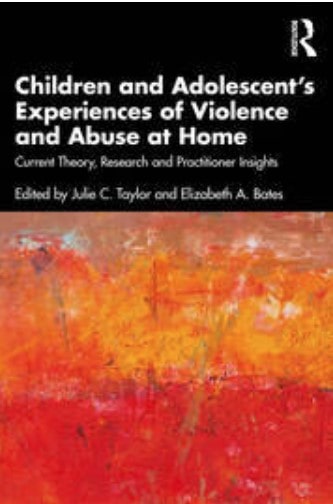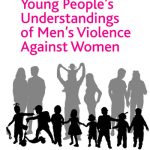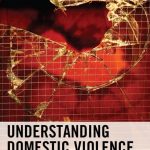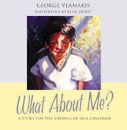Contents:
Introduction
Part I Children and Young people’s experiences of DVA
Chapter 1. Children’s experiences of domestic violence and abuse: Resistances and paradoxical resiliencies. Professor Jane Callaghan (University of Stirling)
Chapter 2. The impact of exposure to domestic violence in childhood: What can reviews of the literature tell us about sex-differences? Professor Nicola Graham-Kevan (University of Central Lancashire)
Chapter 3. Growing up with domestic abuse: retrospective accounts. Dr Julie Taylor (University of Cumbria) Dr Elizabeth Bates (University of Cumbria) David Wright (University of Cumbria) and Kirsty Martin (University of Cumbria)
Chapter 4. A European perspective on children and adolescents who experience domestic violence and abuse. Dr Stephanie Holt (Trinity College, Dublin) and Dr Carolina Øverlien (Norwegian Centre for Violence and Traumatic Stress Studies)
Chapter 5. Children’s exposure to domestic violence in rural Pakistani societies. Dr Nassra Khan (Domestic Violence Consultation, Calgary, Canada).
Part II The impact of DVA on children
Chapter 6. The impact of domestic violence and abuse on children and young people: Internalising symptoms and mental health. Dr Bethan Carter (Cardiff University)
Chapter 7. The self-regulation capacities of young people exposed to violence. Professor Kathryn Maurer (McGill University, Canada)
Chapter 8. School experiences of children experiencing domestic violence. Dr Sabreen Selvik and Dr Carolina Øverlien
Chapter 9. Barriers to help-seeking from the victim/survivor perspective. Dr Elizabeth Bates, Dr Julie Taylor, Elizabeth Harper.
Chapter 10. The journey towards recovery: Adults reflections on their learning and recovery from experiencing childhood domestic abuse. Angie Boyle (University of Cumbria)
Part III Insights from Practice
Chapter 11. Negotiating power, ethics, and agency: Working towards centralising children’s voices in the DVA intervention evidence-base. Dr Tanya Frances (The Open University) and Dr Grace Carter (University of Coventry)
Chapter 12. How children talk about domestic abuse in the home: insights for practitioners. Dr Samuel Larner (Manchester Metropolitan University) and Dr Mark McGlashan (Birmingham City University)
Chapter 13. Psychological sequelae of witnessing intra-parental violence on children’s development as individuals and (future) partners. Dr Daniela Di Basilio, (Manchester University)
Chapter 14. Responding to the mental health needs of children who experience domestic violence. Dr Ali Shnyien, Dr Niamh Ingram, Dr Alexandra Papamichail and Dr Joshua Eldridge
Chapter 15. Mind the blind spot: Accounts of fathering by domestically violent men. Dr Susan Heward-Belle (Sydney University, Australia)
Chapter 16. Wellbeing Development for Young people who have experienced violence and abuse Professor Kaz Stuart (YMCA George Williams College) and Dr Lucy Maynard (Brathay Trust)
Conclusion
Index









